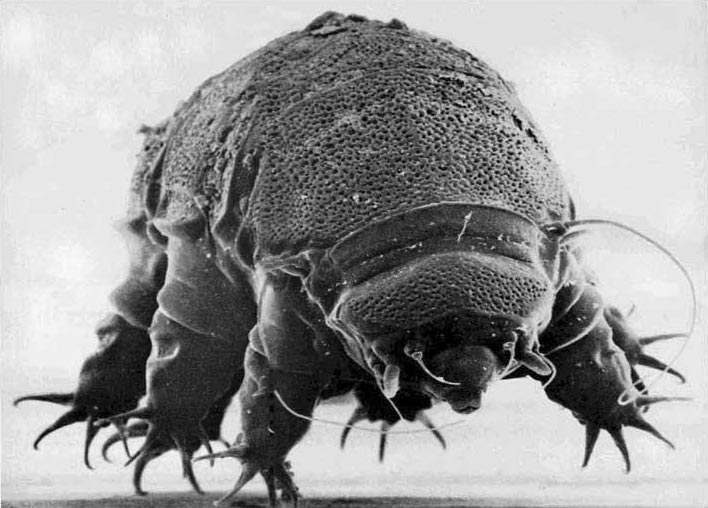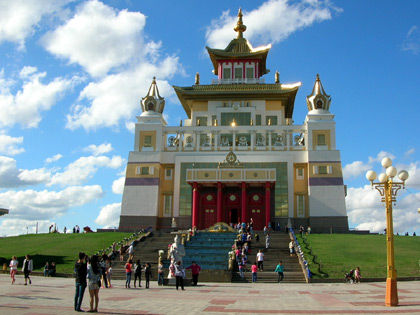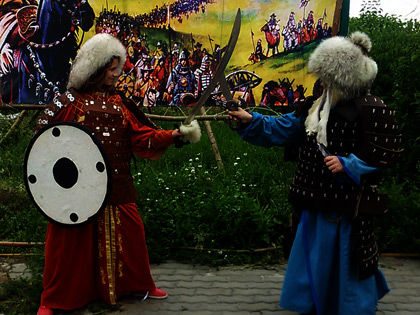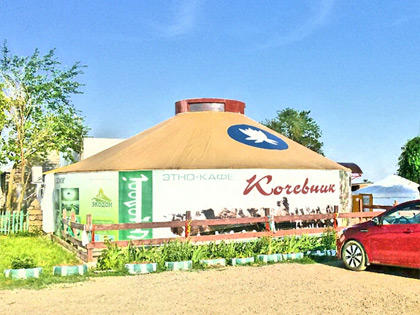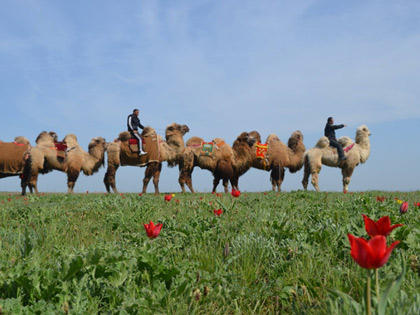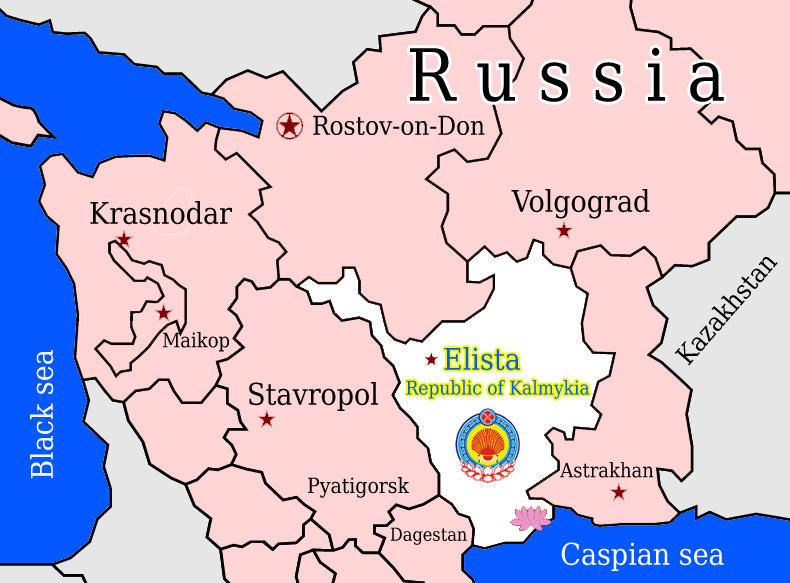The space expansion is discussed by engineers from Kalmykia
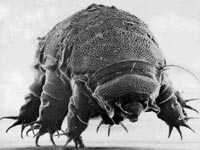 Innovative and space technologies of Kalmykia: The space expansion is discussed by engineers from Kalmykia. Kalmyk engineers plan to start living microorganisms into space.
Innovative and space technologies of Kalmykia: The space expansion is discussed by engineers from Kalmykia. Kalmyk engineers plan to start living microorganisms into space.
Tardigrades (commonly known as waterbears or moss piglets or “Wooly Bears”) are small, water-dwelling, segmented animals with eight legs notable for being one of the most complex of all known polyextremophiles.
Temperature – tardigrades can survive being heated for a few minutes to 151 °C (424 K), or being chilled for days at −200 °C (73 K), or for a few minutes at −272 °C (~1 degree above absolute zero).
Dehydration – although there is one report of a leg movement in a 120-year-old specimen from dried moss, this is not generally considered “survival”, and the longest tardigrades have been shown to survive in a dry state is nearly 10 years. When exposed to extremely low temperatures, their body composition goes from 85% water to only 3%. As water expands upon freezing, dehydration ensures the tardigrades do not get ripped apart by the freezing ice (as waterless tissues cannot freeze).
Radiation – tardigrades can withstand median lethal doses of 5,000 Gy (of gamma-rays) and 6,200 Gy (of heavy ions) in hydrated animals (5 to 10 Gy could be fatal to a human). The only explanation thus far for this ability is that their lowered water state provides fewer reactants for the ionizing radiation.
Elista, Republic of Kalmykia
